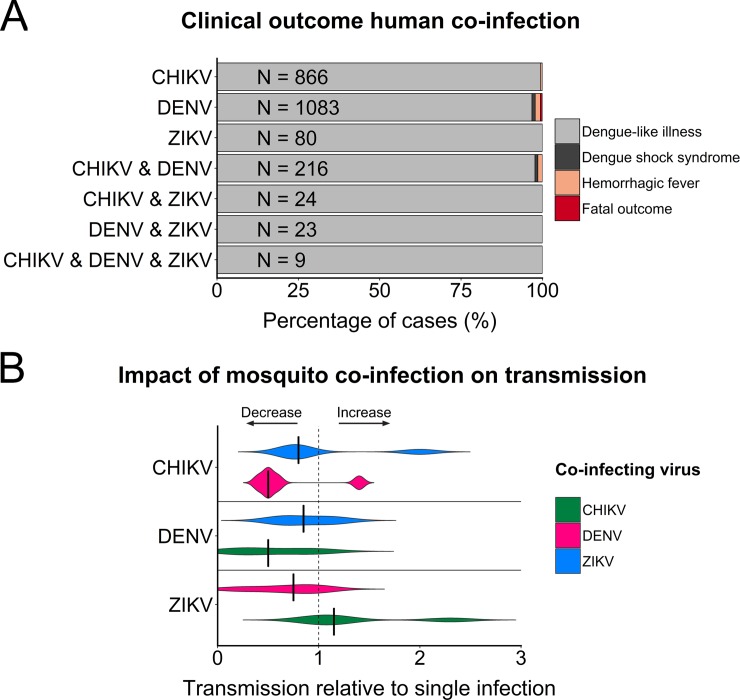Fig 3. Effects of coinfection on clinical disease in humans and virus transmission by mosquitoes.
(A) Clinical outcomes were obtained from studies providing sufficient information for both single infected and coinfected patients [22,25,32,46,47,50,52,56,58,61,63,65,67–69]. “Dengue-like illness” summarizes all cases of febrile illness with a range of additional symptoms including arthralgia, myalgia, rash, headache, gastrointestinal symptoms, thrombocytopenia, and conjunctivitis. Hemorrhagic fever includes all patients with clear signs of hemorrhage ranging from mild to severe, and dengue shock syndrome includes patients with hypotension, ascites, and pleural effusion. (B) Data on mosquito transmission were compiled from studies that made a direct comparison between mosquitoes exposed to a single or multiple viruses [82–84,87]. Transmission of coexposed mosquitoes was calculated relative to single exposed mosquitoes, with relative transmission being defined as transmission rate of virus X in mosquitoes coexposed to virus X and Y divided by transmission rate of virus X in single exposed mosquitoes. Transmission is expressed as the percentage of mosquitoes with virus in their saliva out of the total number of exposed mosquitoes. Relative transmission of 1 indicates that no difference was observed between transmission rates of single exposed or coexposed mosquitoes. Vertical black bars indicate the median. Data used to calculate relative co-transmission are available at https://github.com/grubaughlab/paper_2019_co-infection. CHIKV, chikungunya virus; DENV, dengue virus; ZIKV, Zika virus.

